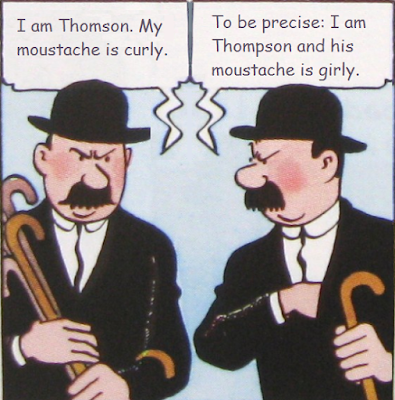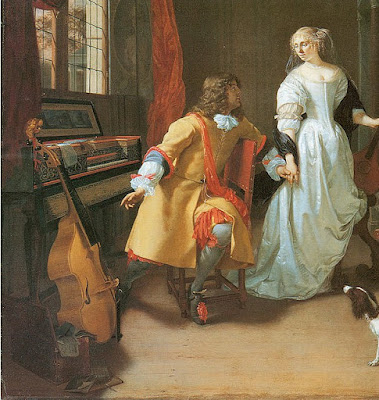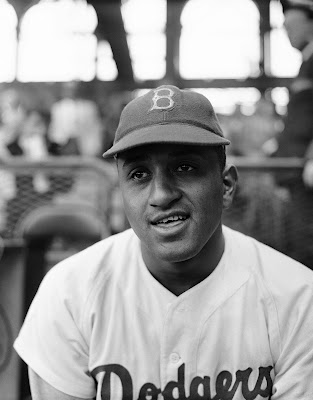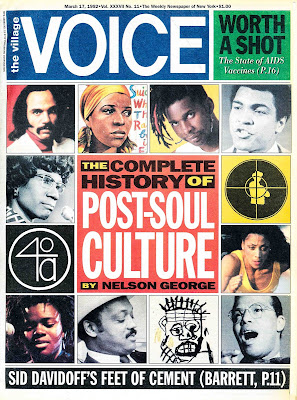
Wikipedia - "Thomson and Thompson (French: Dupond et Dupont [dy.pɔ̃]) are fictional characters in The Adventures of Tintin, the comics series by Belgian cartoonist Hergé. They are two incompetent detectives who provide much of the comic relief throughout the series. While their different (albeit similar) surnames would suggest they are unrelated, they look like identical twins whose only discernible difference is the shape of their moustaches. They are afflicted with chronic spoonerisms, are extremely clumsy, thoroughly clueless, and usually bent on arresting the wrong character. In spite of this, they somehow get entrusted with delicate missions. ..."
Wikipedia
The Thomsons

2008 May: Georges Remi, 1907-1983, 2010 July: The Adventures of Tintin: Breaking Free, 2011 December: Prisoners of the Sun, 2012 January: Tintin: the Complete Companion, 2012 December: Snowy, 2015 August: The Black Island (1937), 2015 September: King Ottokar's Sceptre (1938), 2015 December: Red Rackham's Treasure (1943), 2016 July: Captain Haddock, 2017 April: Cigars of the Pharaoh (1934), 2018 March: Destination Moon (1950), Explorers on the Moon (1954), 2018 July: The Calculus Affair (1956), 2018 October: Professor Calculus















































